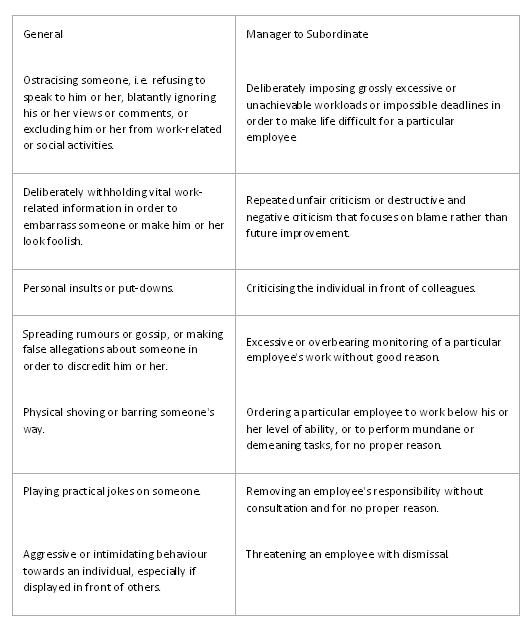A recent report shows that time-poor small businesses are struggling with the burden of HR administration, leaving themselves at risk.
Only 25% of small business owners polled feel up to speed on matters to do with employee rights and employer regulations. As little as 37% of SME (small-to-medium sized enterprise) owners have a good understanding on all matters to do with employee rights and employer regulations and keep updated on regulatory changes on an ongoing basis.
New research from Jobandtalent has uncovered a worrying lack of understanding around employment regulations amongst small businesses in the UK. A lack of HR resources and expertise is leading to risky hiring practices in this market, the report finds.
The report follows the release of official data from the pensions regulator, which revealed that the number of employers being fined up to £10,000 a day for not complying with the new regulations on workplace pensions, has shot up by 300% in three months.
The survey of 500 SME owners was carried out by OnePoll and was commissioned by Jobandtalent, an online job marketplace, which matches SMEs with local talent. The research found that owners of SMEs are most at risk due to a lack of dedicated HR expertise or resource.
According to the Jobandtalent survey, a quarter of SME owners admitted that while they understand current regulation, they struggle to keep up with changes. Worryingly, 12% felt they have limited to no understanding of present employment regulations – let alone changes in the future. This represents a clear risk to the business.
When questioned about the hiring process and time to hire new talent, two-thirds (67%) of the 500 SME owners questioned revealed that they do not have anyone dedicated to finding talent and hiring or HR. Of those businesses, the vast majority (77%) answered that the responsibility for hiring fell to the business owner.
Is your business at risk, because you don’t have time to keep up with all the changes? Don’t take the risk – if you have a question about HR or Employment Law, contact us now and we talk about what you need to do. Call us on 0118 940 3032 or email sueferguson@optionshr.co.uk.


 On the first day of Christmas, my HR Consultant gave to me, a Contract in a pear tree. Make sure that you have up to date contracts for all your employees.
On the first day of Christmas, my HR Consultant gave to me, a Contract in a pear tree. Make sure that you have up to date contracts for all your employees.
 On the third day of Christmas, my HR Consultant gave to me, three French Hens. If you have employees from Europe, keep an eye on our
On the third day of Christmas, my HR Consultant gave to me, three French Hens. If you have employees from Europe, keep an eye on our  On the fourth day of Christmas, my HR Consultant gave to me, four dreaded words. “You have been fired!” Before you rush to sack anyone, check to make sure you have a good reason and
On the fourth day of Christmas, my HR Consultant gave to me, four dreaded words. “You have been fired!” Before you rush to sack anyone, check to make sure you have a good reason and 

 On the seventh day of Christmas, my HR Consultant gave to me, seven swans-a-swimming. If, like a swan, you’re all grace and elegance above water, while below you’re frantically paddling to keep afloat of all things HR, just get in touch to see how we can help.
On the seventh day of Christmas, my HR Consultant gave to me, seven swans-a-swimming. If, like a swan, you’re all grace and elegance above water, while below you’re frantically paddling to keep afloat of all things HR, just get in touch to see how we can help.
 On the ninth day of Christmas, my HR Consultant gave to me, nine ladies dancing. And the men can dance too!
On the ninth day of Christmas, my HR Consultant gave to me, nine ladies dancing. And the men can dance too! On the tenth day of Christmas, my HR Consultant gave to me, ten lords (and ladies) leaping at the Christmas party. Make sure you lay down a few rules for proper behaviour, so that things don’t get out of hand.
On the tenth day of Christmas, my HR Consultant gave to me, ten lords (and ladies) leaping at the Christmas party. Make sure you lay down a few rules for proper behaviour, so that things don’t get out of hand. On the eleventh day of Christmas, my HR Consultant gave to me, eleven pipers piping. Make a big noise when your staff do a great job.
On the eleventh day of Christmas, my HR Consultant gave to me, eleven pipers piping. Make a big noise when your staff do a great job.  On the twelfth day of Christmas, my HR Consultant gave to me, twelve drummers drumming. I keep drumming good HR practices into my clients’ businesses, to help them grow successful companies that are great places to work.
On the twelfth day of Christmas, my HR Consultant gave to me, twelve drummers drumming. I keep drumming good HR practices into my clients’ businesses, to help them grow successful companies that are great places to work.